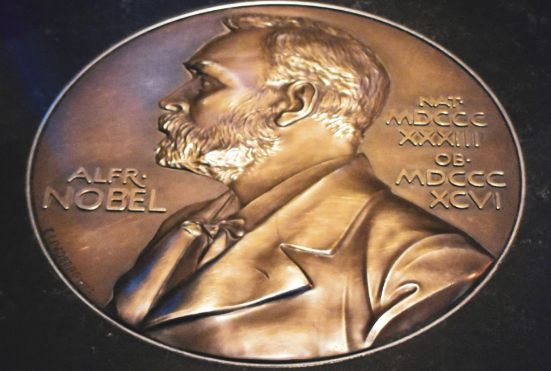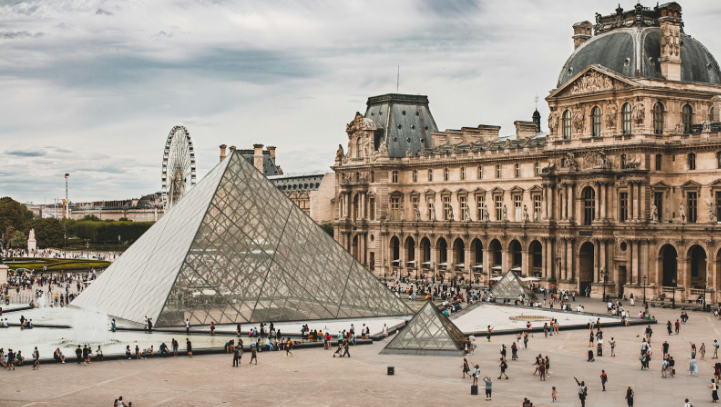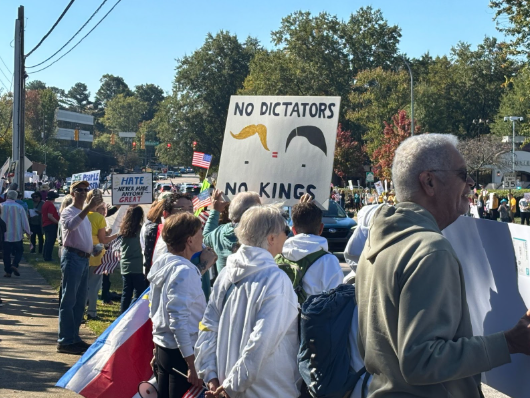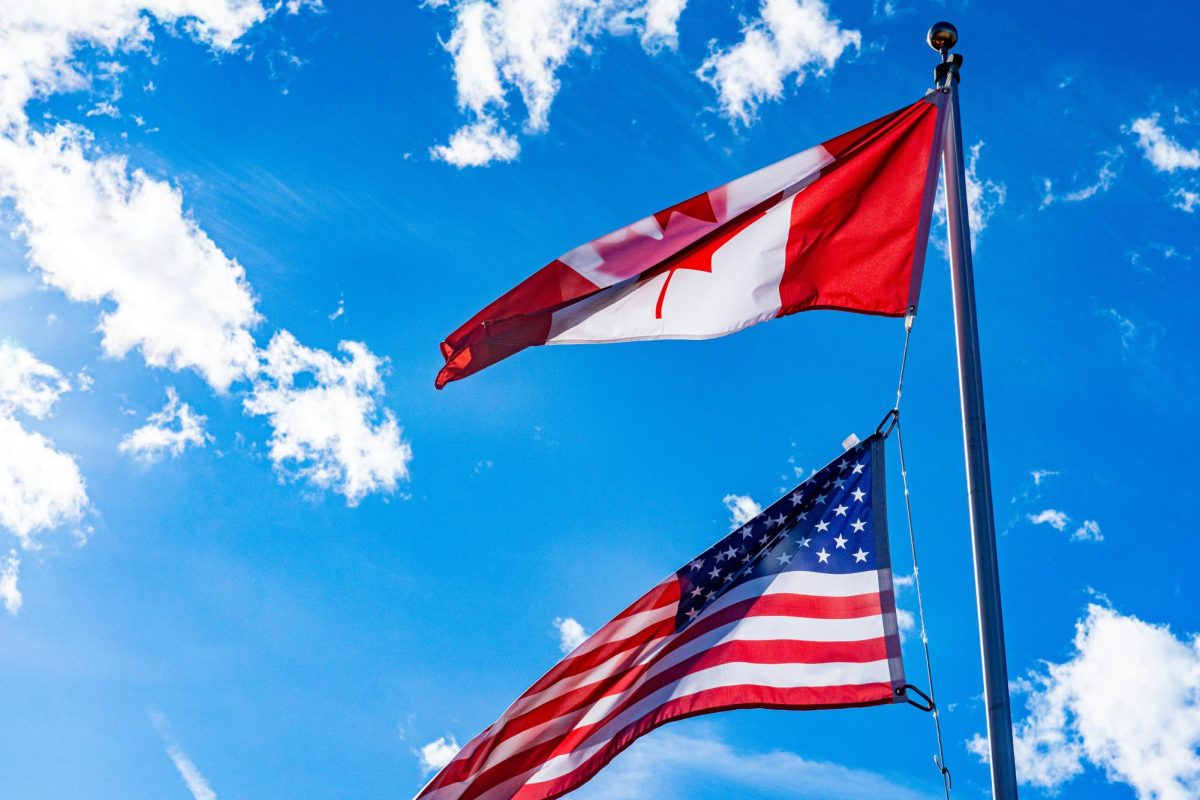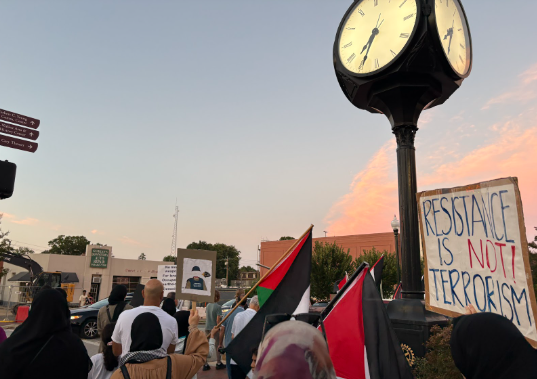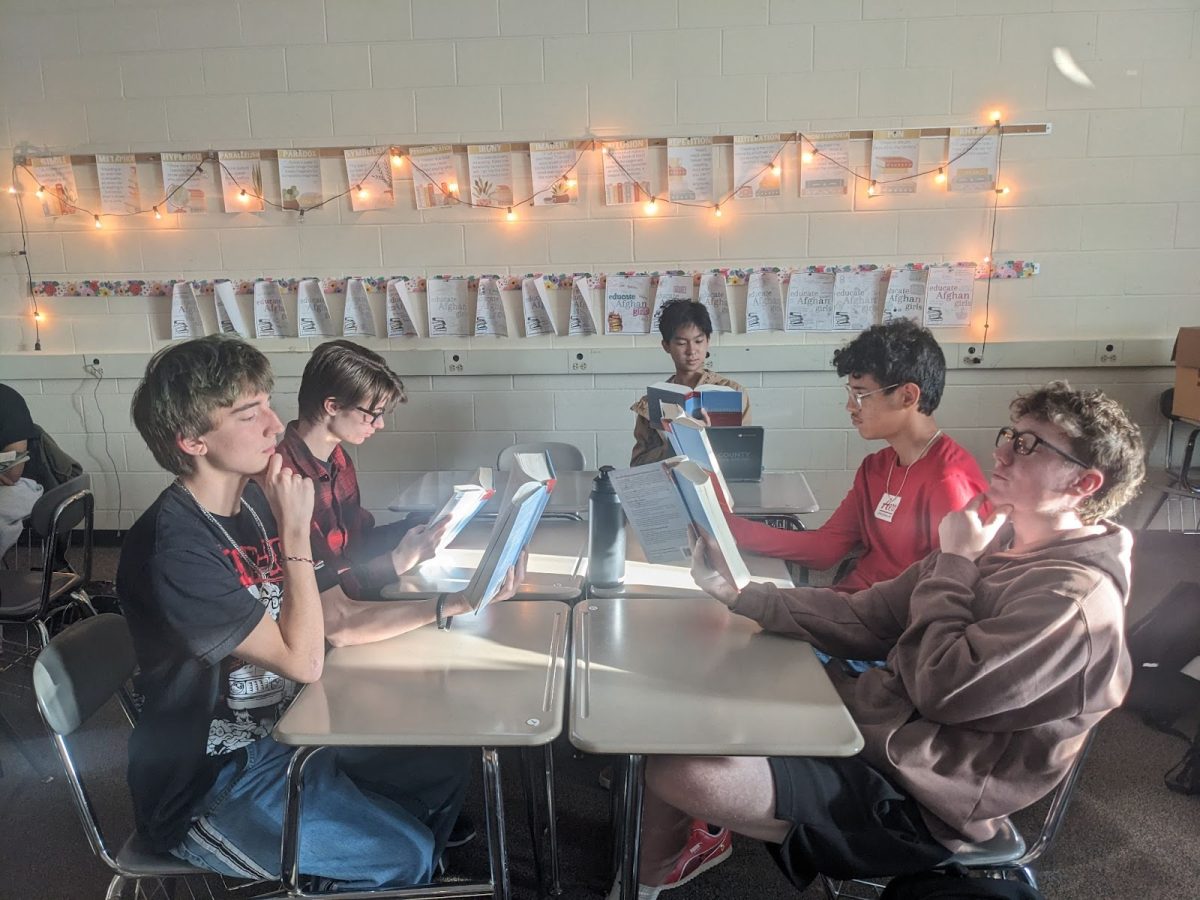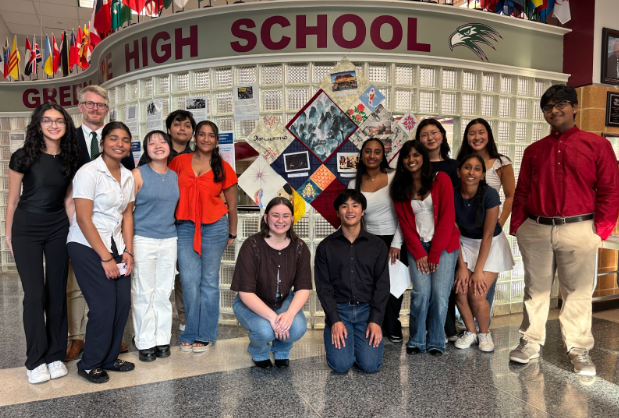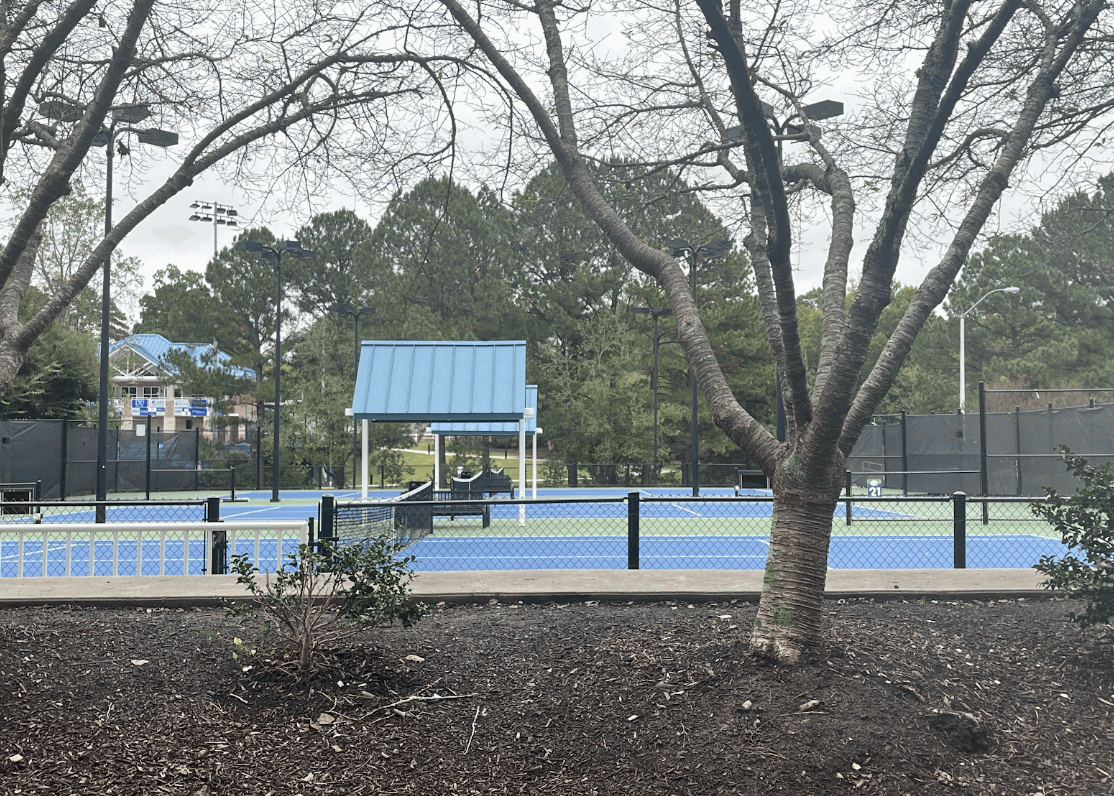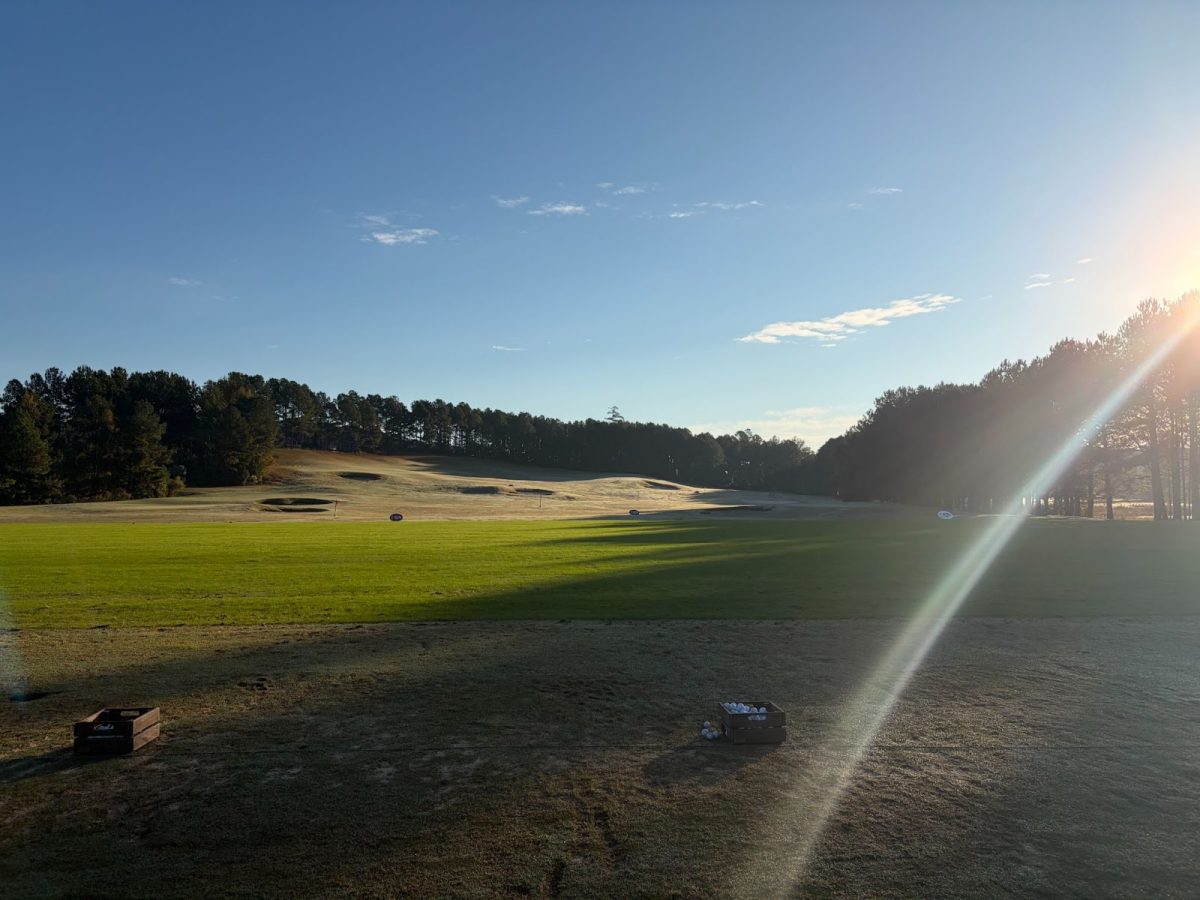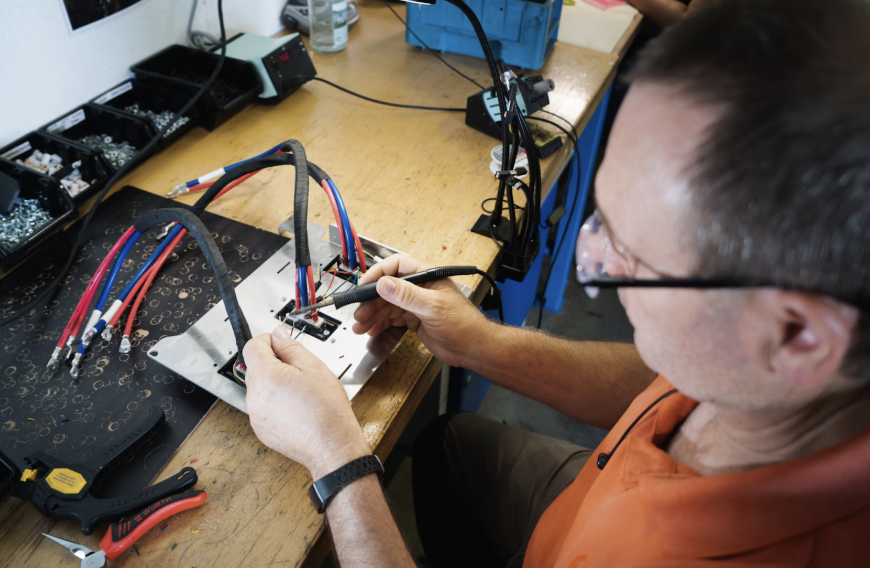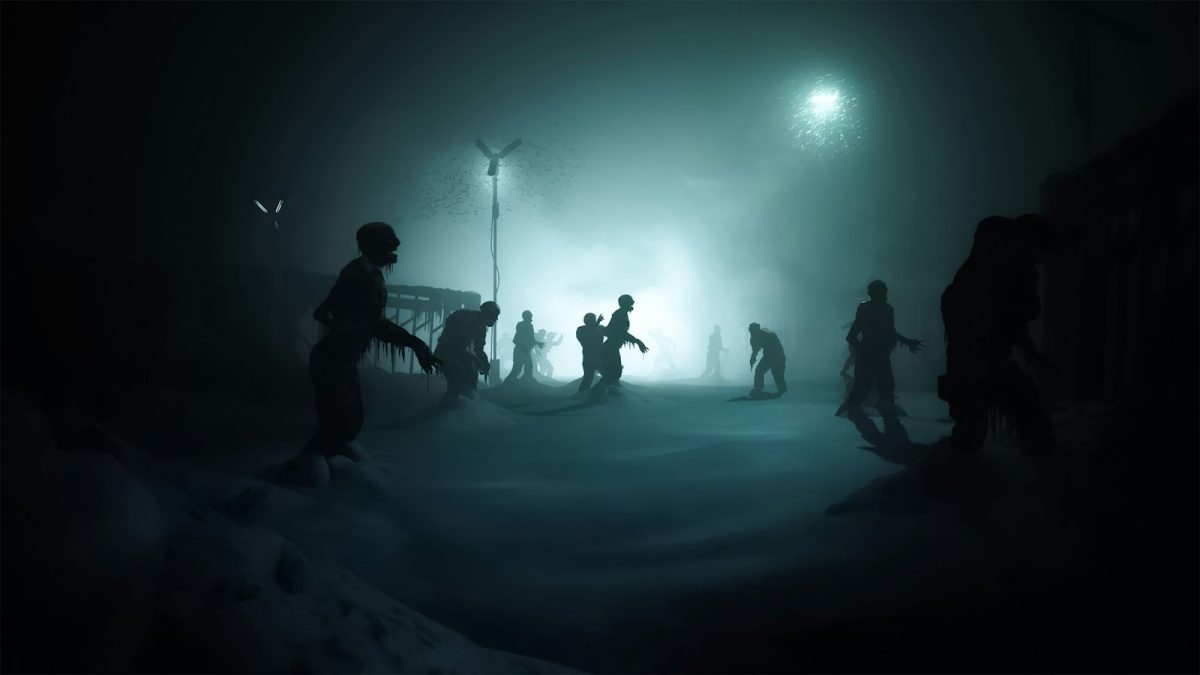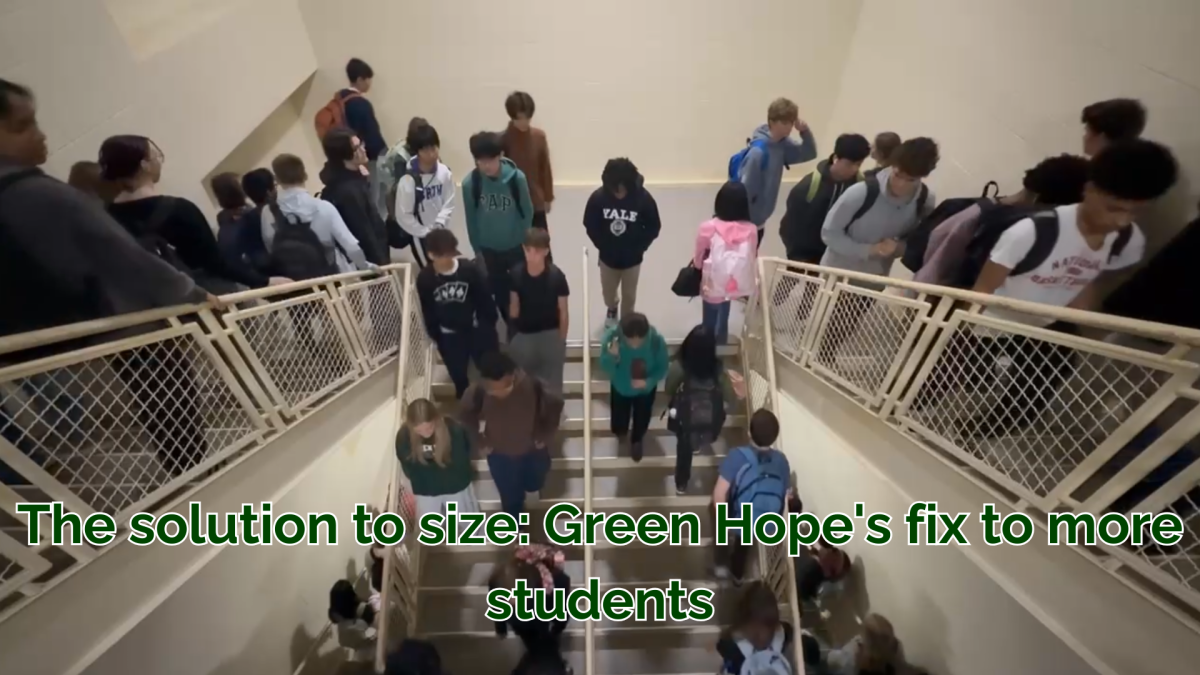Annually, the world eagerly awaits the declaration of the winners of the Nobel Prizes, which are awarded to individuals who have made a remarkable contribution in the lives of humanity. These prizes were established by Alfred Nobel, a Swedish inventor, chemist and philanthropist best known for inventing dynamite. Nobel left most of his fortune in his will to create awards that would recognize outstanding achievements in the field of Physics, Chemistry and Physiology, and then later Medicine, Literature, Peace and Economic Science added in his memory.
Ever since the first Nobel Prizes were awarded in 1901, the prizes have been the top achievement and inspiration for scientists, writers and peacemakers around the world.
The Nobel Peace Prize: A struggle for democracy
The Nobel Peace Prize for this year was awarded to Maria Corina Macchado of Venezuela for her courage and determined efforts to defend democracy and human rights. Venezuela has been politically unstable and economically devastated for a very long time, with minimal freedom for the opposition voices to be heard. Facing harassment and threats, Machado has continued to speak out for freedom, justice and peaceful change.
The Norwegian Nobel committee, which selects the winner of the Nobel Prize, referred to Machado as “one of the greatest examples of civilian courage in Latin America.” Her effort has inspired millions of Venezuelans to keep hopes in democratic values and nonviolent resistance.
The Nobel Prize in Physiology or Medicine: What the immune system reveals
The Nobel Prize in Physiology or Medicine was awarded to Mary E. Brunkow, Fred Ramsdell and Shimon Sakaguchu for their revolutionary work on uncovering the mechanisms by which the immune system prevents itself from attacking the body’s own tissues. Their focus is on a mechanism called the peripheral immune tolerance, which allows the immune system to distinguish between “self” and “non-self.” They discovered a specific population of cells known as regulatory T-cells, and the FOXP3 gene that controls their development. Without these cells, the immune system could attack and destroy the healthy cells, which leads to diseases like type one diabetes and rheumatoid arthritis. This discovery has opened up new opportunities for the development of treatments that enhance or modify the immune system.
The Nobel Prize in Physics: Uniting the quantum and classical worlds
John Clarke, Michael H. Devoret and John M. Martinis received the Nobel Prize in Physics for their discovery of macroscopic quantum mechanical tunneling and energy quantization in electric circuits. The experiment revealed that even electric circuits that can be seen by humans are capable of following the strange rules of quantum mechanics. They demonstrated that such electric circuits could “tunnel” across energy barriers, and the energy levels in them were not continuous but in discrete steps. This research may help pave the way for innovation in quantum communication and extremely precise sensors, which could revolutionize computing and information security in the future.
The Nobel Prize in Chemistry: New materials to address big issues
Susumu Kitagawa, Richard Robson and Omar M. Yaghi were awarded the Nobel Prize in Chemistry for developing metal-organic frameworks. These are molecular architectures with huge interior space to trap gases, extract water from desert air, hold pollutants, trap carbon dioxide and more. These structures are usually described as being like “magic bags” which hold a lot of substance despite their size. Their discovery has opened various ways of purifying water, removing toxins and capturing greenhouse gases.
The Nobel Prize in Literature: Art in the face of chaos
The Nobel Prize in Literature was awarded to László Krasznahorkai. His novels and writing explore themes of decay, fear, modern crises and the human condition. He uses dense, poetic language and a deep sense of vision to show how an art continues to matter. The Norwegian Nobel committee described his work as ”for his compelling and visionary oeuvre that, in the midst of apocalyptic terror, reaffirms the power of art.”
The Nobel Prize in Economic Science: Creation and destruction
Joel Mokyr, Philippe Aghion and Peter Howitt were awarded the Nobel Prize in Economic Science for their study of how technological advances and innovation drive long term economic growth. Mokyr discussed the way society created long term growth by building up scientific knowledge and open institutions. Aghion and Howitt developed mathematical models of creative destruction. Their theory was that new technologies replace older ways of doing things, driving growth but also creating disruptions.
The Nobel prizes cover varieties ranging from small quantum computers to internal justice and peace. These show that scientific discovery still keeps breaking boundaries, and peace and literature helps to provide cultural and moral dimensions of progress.


